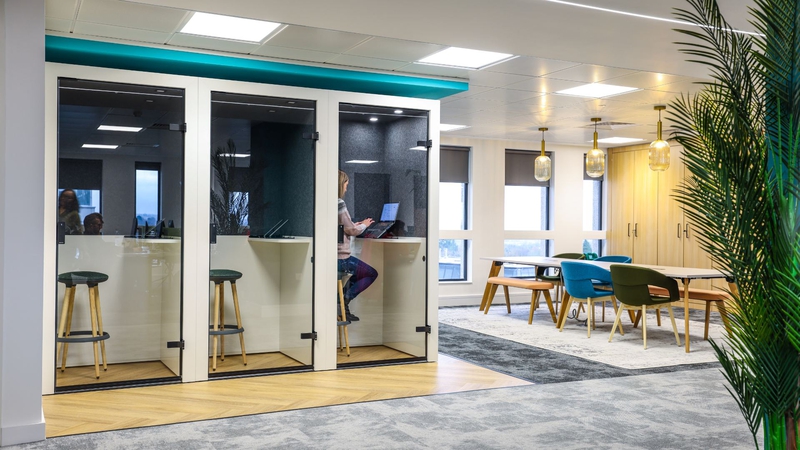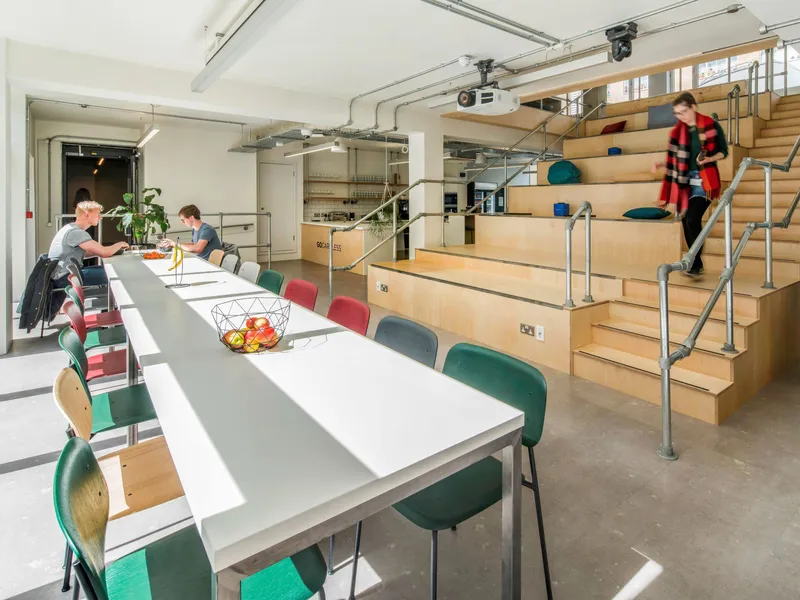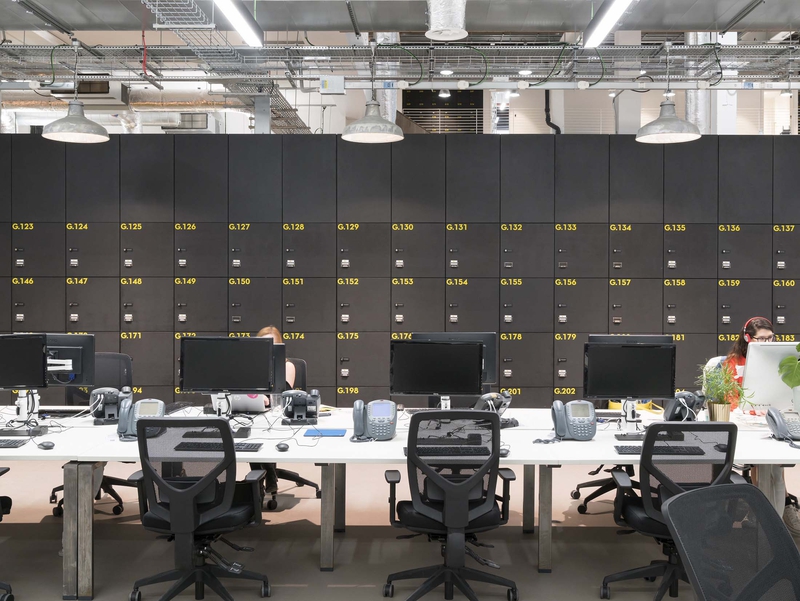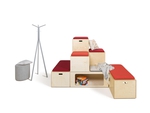8 novembre 2018
Produits et Documentation
From sitting down at breakfast, to driving to work, to then sitting at a desk for 8 hours – we are rarely standing up. As much as we may dread to admit this truth; really, we are all sedentary couch potatoes! As humans, we have evolved to function in an upright position but modern lifestyles often prevent this, with more people than ever having sedentary lifestyles, employed in non-physical jobs. What is more, it is thought that 67% of all employees do not sit correctly, which can lead to numerous health issues such as back problems, muscular difficulties, headaches and fatigue.

What is Ergonomics?
Ergonomics is a multidisciplinary science, because it combines three groups of exact sciences: humanities, work organisation and technology. Ergonomics is the field of study devoted to the analysis of the rules and methods required to adapt working conditions to meet the physical and mental needs of human beings. It can be defined as the optimum adjustment of equipment to suit our physical predispositions, psychological and social needs. Ergonomics essentially ensures that objects are designed to increase the comfort of an individual and be ideal biologically.

Benefits of Ergonomic Chairs
Ergonomic chairs are specially adapted to support the lower back and reduce the subsequent health difficulties of incorrect posture. This would reduce the risk of ailments such as poor circulation, long-term back problems and neck strains. Maintaining correct posture would also increase the level of comfort experienced when sitting down for hours at a time. In turn, this could improve productivity at work as individuals are abler to focus on tasks when undisturbed by pain, and could also reduce absenteeism from related health problems. Looking after employees’ health and wellbeing is crucial to ensure a productive working environment.

Finding the Right Chair
There is no ‘one size fits all’ approach to finding the right chair because ergonomic chairs must be able to adapt to individual bodies. When choosing a suitable chair, you must find one that minimizes excessive pressure on the body by looking out for these essential ergonomic features:
- - Adjustable height to allow foot surface to form an angle of 90° with the lower leg and allow the knees to form a slightly obtuse angle with the body. This encourages a healthy blood flow around the body.
- - Adjustable armrests to form an obtuse angle between the upper arm and the forearm so that pressure on the body is spread more evenly.
- - A back rest with an angle greater than 90° to ensure internal organs are able to function properly. This will also help maintain the normal curvature of the spine.
- - A head rest to support the neck and thus prevent headaches and neurological damage.



Amongst all other furniture pieces of the workplace, the chair is the most connected with the human body. And as we spend the majority of our time sitting when we are at work, the chair needs to perform in the best way possible to provide all necessary comfort for your people.
Partager cet article
_huge.jpg)









_big.jpg)
_big.jpg)
_big.jpg)
_big.jpg)


_big.jpg)
_small.jpg)






